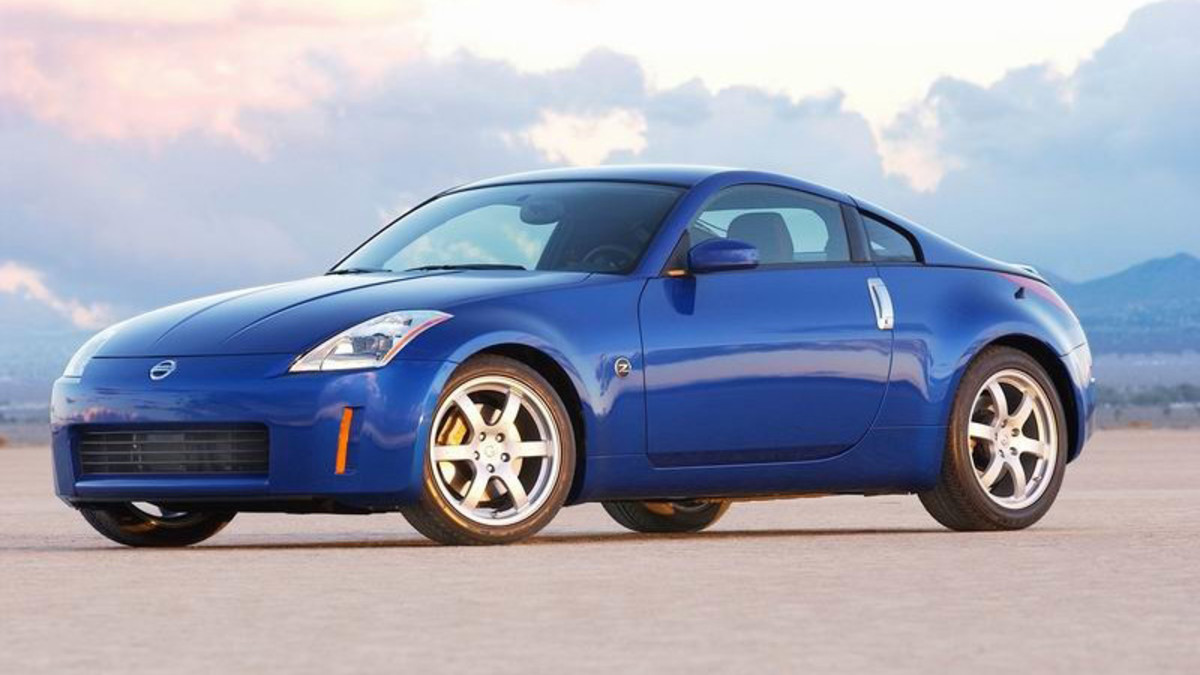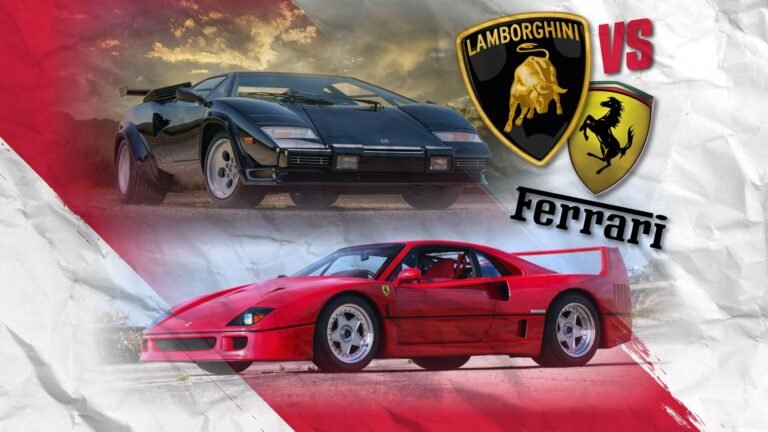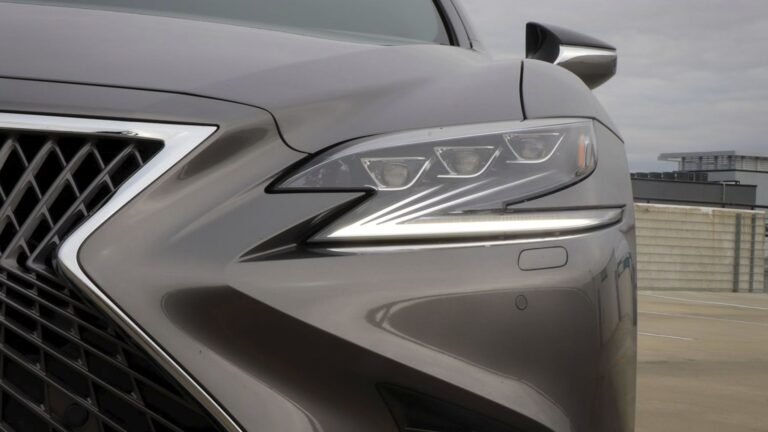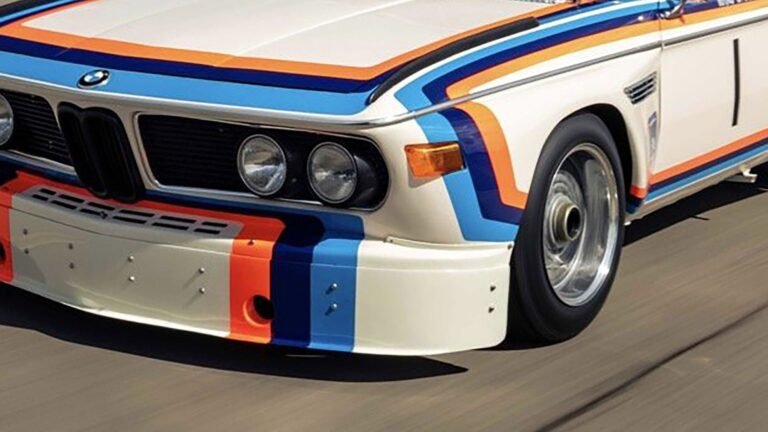How Nissan refined a winning formula
The Nissan Z achieved something special last year when it outsold the Toyota GR Supra, a trend that has continued into 2025. To be fair, the Toyota is the older car, but it’s still one of the best sports cars around, so for Nissan to be outselling it is not to be taken lightly.
But if you can’t stretch your budget far enough for a new Z sports car, there are two older models that are still worth comparing: The 370Z vs the 350Z. The 350Z was introduced in the USA in 2002, while the 370Z was a significantly updated version of the same car.
These older models share a platform with the newer Z, and although they lack the latest technologies, they’re still great driver’s cars, but how do they differ? Here are five ways the 370Z improved on an already impressive sports car.
Related: 2020 Nissan 370Z Nismo Last Drive Review | Out with a chirp
1. A Bolder, More Aggressive Design
2005 Nissan 350Z Nissan
The original 350Z has clean, timeless lines, and it still looks fantastic today. It brought the Z sports car into a more modern era with its fresh look, but the 370Z upped the aggression. The profile of both cars is essentially the same, but the 370Z’s menace is in the details: The 370Z got more boldly styled boomerang-shaped headlights and new taillights. The front overhang was extended by 1.2 inches, and deeper character lines were found on the hood.
The 370Z was a little wider and the height was marginally lower, giving it a more powerful stance, yet the wheelbase was four inches shorter.
2. Bigger V6 and More Power

As the badge suggests, the 370Z got a larger and more powerful engine. Here’s a look at how the performance specs matched up.
The 370Z was around half a second quicker to 60 mph, accomplishing the run in around 4.9 seconds. Of note is that the first 350Z to arrive in 2002 made 287 hp and 274 lb-ft, but the outputs increased for the 2007 model year.
Ultimately, though, the 370Z was a quicker car, and you could get even more performance out of the 370Z Nismo, with its V6 tuned to produce 350 hp and 276 lb-ft.
3. Quicker Seven-Speed Automatic

The standard six-speed manual equipped to both the 350Z and 370Z is the best way to experience a sports car of this nature, but automatic versions of both were available. This was a five-speed automatic in the 350Z, but the 370Z got a new seven-speed auto with Downshift Rev Matching and Adaptive Shift Control. Not only did the seven-speeder increase efficiency, but the more responsive manual mode made it less of a downgrade when compared with the manual.
Still, if you ask us, a Nissan Z car with an automatic is almost as much of a crime as a Miata with one.
4. Shorter Wheelbase and Better Rigidity Equal Better Handling
2013 Nissan 370Z
Nissan worked hard to iron out the 350Z’s rough edges in the handling department. The 370Z was comprehensively improved under the skin, with a revised body structure that increased front torsion rigidity by 30% and rear body torsion rigidity by 22%. Rear body vertical bending rigidity also went up by 30%, the wheelbase was shortened by almost four inches, and the rear wheels were moved forward. New structural reinforcements and an underbody V-bar that lowered rear lateral bending were added, too.
These changes combined to improve the feeling of solidity and the vehicle’s overall handling capability. The ride is also more supple than the 350Z’s, so the 370Z is easier to live with on a daily basis, too.
The difference between the Nissan 350Z and 370Z is definitely noticeable in a back-to-back drive on a twisty road, but the older car is still a fun weekend toy.
5. A More Comfortable, Modern Interior


Besides working hard on its underpinnings, Nissan also made the 370Z’s interior a more comfortable place to be. The quality of materials improved, with less hard plastic and gauges that became easier to read. The shifter was redesigned, with new padding improving the accuracy of diagonal shifts in the manual. More supportive door armrests and kneepads improved comfort when cornering.
By removing the 350Z’s rear strut brace, Nissan freed up more storage space behind the seats. Through the years, Nissan continued updating the 370Z’s feature count, adding standard items like a rearview camera and an auto-dimming rearview mirror.
Related: 7 Reasons You Can (And Should) Daily Drive a 2025 Nissan Z NISMO
Final Thoughts
2003 Nissan 350Z
According to Kelley Blue Book’s fair purchase price, you can buy one of the earliest Nissan 350Zs for under $10,000. Expect to pay $11,000 or more for one of the first 370Z models, and prices will steadily rise from there for well-kept and/or low-mileage examples.
Although the 370Z is better in most measurable aspects, some enthusiasts prefer the raw, harder-edged driving experience of the 350Z. Both sports cars are solid chapters in the lineage of Nissan Z cars, and make for brilliant used sports car buys, as they’re also quite reliable.
FAQs
What’s better: 350Z or 370Z?
With more power, nice features, and better handling, the 370Z is a better overall sports car, but some argue that the 350Z provides a more unfiltered driving experience that’s more exciting.
How fast is the 370Z compared to the 350Z?
Only a few tenths separate these two up to 60 mph, especially after the 350Z received a power boost. The 370Z is ultimately quicker, though, and can reach 60 mph in roughly 4.9 seconds.
Are Nissan 370Z sports cars reliable?
Like the 350Z, the Nissan 370Z has generally robust mechanicals and is quite reliable. The most recent version to be rated for Quality & Reliability by J.D. Power received a healthy score of 84 out of 100. On Car Complaints, the 370Z has not logged too many issues, but watch out for a steering wheel lock unit that could fail.
Did the 370Z replace the 350Z?
Yes. As of the 2009 model year in the United States, the 370Z replaced the 350Z.


